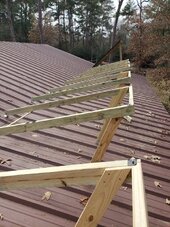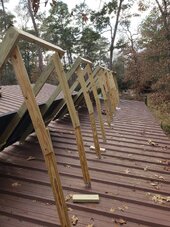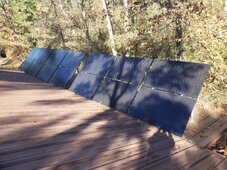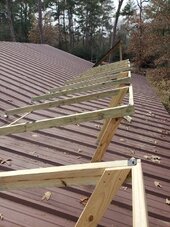I'm really liking that Victron over the Growatt. They have better features and hardware IMO and documentation as well. Even though it costs more I'm ready to pull the trigger as it looks like it will work with my setup.
It is 32A and the Growatt only puts out 25A on backup so I don't need anything bigger. But should I look to replace the breaker with a 25 amp?
Also there is a relay inside that bonds N to G, but mostly out of curiosity, where does it get the signal from? It just shows a mysterious connection to the inverter. Not a issue in my situation thigh because I would disable that feature anyway since it will be feeding into my main panel which already has N-G bonded.
It is 32A and the Growatt only puts out 25A on backup so I don't need anything bigger. But should I look to replace the breaker with a 25 amp?
Also there is a relay inside that bonds N to G, but mostly out of curiosity, where does it get the signal from? It just shows a mysterious connection to the inverter. Not a issue in my situation thigh because I would disable that feature anyway since it will be feeding into my main panel which already has N-G bonded.






